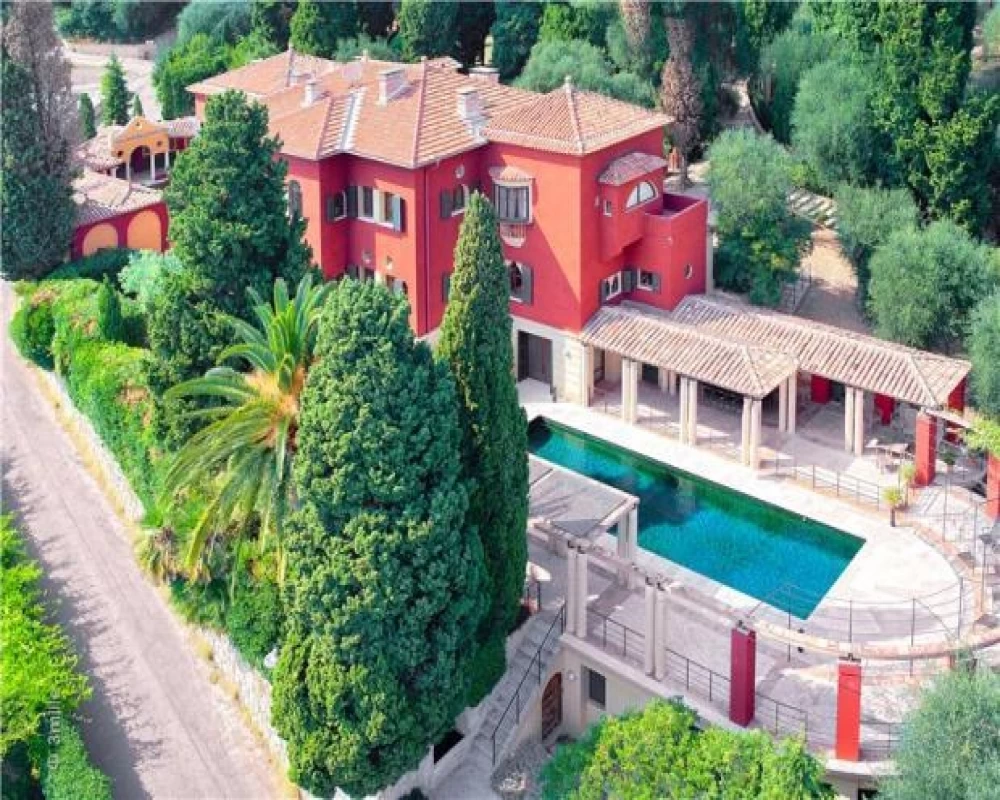4 Questions You Need To Ask Before Buying Luxury Real Estate Abroad

Driven by affluence and a thriving tourism and travel industry, increasing number of people are looking overseas. According to a Knight Frank survey, between 1993 and 2003, overseas home ownership by British households rose by 95%. While the rewards of buying foreign luxury property can be great, the risks cannot be ignored. So, before you buy a luxury property Jim Gillespie, president and chief executive of Parsippany, a New Jersey based Coldwell Banker real estate firm advises that you should know the place in more than a passing fashion. "Take several trips to the area and rent a house instead of staying in a resort", he advises.
For majority of British who have invested in Europe's luxury properties a decade ago, it turns out they had made a wise move since the euro has increased in value. But currency does not always increase in value. Currencies can take a nose-dive, taking the value of properties with them; political ownership laws can change and the buying process can seem very complicated. Hence, more research is required for people who have set their sights on luxury property abroad. Impulse decisions in these cases can be disastrous. So whether you're buying overseas luxury real estate to live in, diversify your investment or generate rental income, here are some important questions to ask.
Questions to ask when buying luxury real estate abroad
1. How much risk can I take? Putting money on a new luxury property overseas is risky. You alone know your tolerance for risk, your motivation to buy and your preferences. You might have researched the location and the house and known what needs to be known. But you should also look inward to determine your level of readiness. The decision to buy or not buy that luxury real estate might just be dependent on your gut feeling.
2. Why am I buying? The answer to this question usually determines your other considerations. If you're buying for personal use in retirement, you definitely have different priorities. One such thing might be waking up to a view of the sea from your bedroom window. An investor wouldn't care less about the views. If you're looking for rental profit, your priority would likely be price.
3. What's my budget? Now let's talk about price. The most practical advice you can get when buying real estate overseas is: be clear on how much you want to spend and don't consider properties outside your price point. Or you may, if you feel it won't really hurt your pocket. Having a budget and sticking to it, you won't waste time meandering aimlessly.
4. How far is my property to amenities? You don't want to drive long distances to shops, medical centers and eateries. Millennials might also need to consider the nightlife. Families will need to consider proximity to schools and the grade of schools around. You need to familiarize with locals and get as much information about the area and the city. Don't neglect to look at transport and traffic patterns. You might think it's the norm to have good transport. You will be surprised to find that some areas might be hard to access because of bad roads.
Everyone likes the idea of living in their own overseas luxury real estate. This would probably give a great retirement. But before you take the plunge, make sure you're ready.




